Minority religions in Japan: marginalised or empowered?
The world is home to a stunningly diverse array of religions, and globalisation means that different groups of followers are mixing more than ever. In Japan, ‘mainstream’ and ‘minority’ religions have different connotations – and this brings with it the potential for tension. Professor Erica Baffelli of The University of Manchester, in the UK, is exploring how minority religions in Japan are perceived and portrayed, and what this means for their followers
RELIGIOUS GROUPS IN JAPAN: A BREAKDOWN
SHINTŌ – often regarded as Japan’s ‘native’ religion, Shintō is a set of diverse traditions and practices that centre around deities called kami. The ‘new’ religion Tenrikyō incorporates Shintō beliefs
BUDDHISM – a religion originating in ancient India, now the world’s fourth-largest religion. There are two main branches, with one branch, Mahāyāna Buddhism, being dominant in Japan. From this main group ‘new’ movements developed in Japan, such as Sōka Gakkai in the 1930s and Agonshū in the 1950s
CHRISTIANITY – first introduced to Japan by Catholic missionaries in the 1500s, about 1.5% of Japanese people follow the teachings of the Bible today
ISLAM – most Muslims in Japan are foreignborn migrants and make up a small proportion of the population. Islam is considered an immigrant religion
IMMIGRANT RELIGIONS – Other immigrant religions, such as Bahá’í, Judaism, Hinduism, Sikhism and Jainism, are represented by small numbers of people in Japan
“Broadly speaking, the main religious tradition in Japan is a combination of Shintō practices and Buddhism – in particular Mahāyāna Buddhism,” says Erica Baffelli, a Professor in Japanese Studies at The University of Manchester. Rather than ascribing exclusively to Shintō or Buddhism, many Japanese people will follow elements of each in their lives. Japan has a long history of tradition and ceremony, and many Japanese people will visit Buddhist temples for memorial rituals and funerals, and Shintō shrines for prayers at New Year. “It is important to note that while participation at these rituals is quite high, most Japanese do not define themselves as ‘religious’” says Erica. “They would more often talk of ‘tradition’ and ‘culture’ than religious affiliation.”
This status quo sets an interesting stage for the integration of other religions or beliefs into Japanese society. Erica is part of a research network investigating the roles and experiences of religious minorities within Japan. “Our research group includes researchers from the UK and Japan, who work across several different disciplines, such as sociology, religious studies, anthropology and Japanese studies,” says Erica. This diverse range of expertise means that the group can collectively grasp a broader picture of new and minority religions in Japan, rather than focusing on any one narrow aspect.
NEW, MINORITY AND IMMIGRANT RELIGIONS
In the 19th century, Japan started a process of modernisation from a predominantly rural society to an urban one. This also led to the emergence of different religious organisations, which were collectively termed ‘new’ religions, to distinguish them from Shintō and Buddhism which are seen as the mainstream. This label still exists even though some of the religions have been present for well over a hundred years. “In the Japanese context, ‘new’ does not mean a religion that has recently formed but is rather a contrast to the more ‘established’ religions,” says Erica. “This means that organisations such as Tenrikyō, which have been around since the 19th century, are still classified as ‘new’.”
As well as new beliefs arising in Japan, the country also saw the arrival of people from other parts of the world, who brought their religions with them. “Immigrant religions encompass a very diverse range of religious groups, including Christians, Muslims and many Buddhists,” Erica continues. “Some groups are considered ethnic religious minorities, such as Korean Christians. And yet, religious minorities make up a significant part of Japan’s population.”
These so-called new and immigrant religions may break away from Japanese cultural norms, which leads to potential for marginalisation: exclusion of a particular group from wider society. They are often classified as ‘minority’ religions, even though some movements, such as Sōka Gakkai, have many millions of members. This perception of ‘minority’ can exacerbate marginalisation by implying that these groups are not a significant part of the Japanese cultural landscape.
CONNOTATIONS
New religions that emerge in Japan often incorporate some traditional practices, but have faced negative associations, especially in recent decades. In 1995, a new religion named Aum Shinrikyō staged a deadly terrorist attack on the Tokyo subway with sarin gas, killing 14 and injuring hundreds. “This incident meant that new religions began to be portrayed more negatively by the media, and often became depicted as cults, a word which carries connotations of indoctrination or violence,” says Erica.
Smaller religious groups that have migrated from other parts of the world, such as Islam, may have different experiences. “There have been few cases of Islamophobia in Japan to date, but this may be simply because there aren’t many Muslims in Japan,” says Erica. Muslims are monitored by the state as a possible terrorist threat, a form of discrimination that has the potential to filter into wider society.
MEDIA AND POLITICS
“While the media can be an important source of information about new religions, they can also spread misleading or dangerous messages,” says Erica. For instance, the media may misrepresent new religions as dangerous or against Japanese values. “However, media technologies have also been used by religious groups to spread their message and reach a wider audience, and promote their relevance in a modern-day world,” she adds. For instance, the new religion Agonshū pioneered the use of satellite broadcasting in the 1980s as an effective tool for garnering more followers.
In general, the Japanese political system does not interfere with religion. Japan has a strict separation between religion and state, though there have been political debates over how to define religion – given the grey areas between religion, culture and tradition. Such discussions are important for defining the role of state officials in participating in religious rituals, for example. Furthermore, the 1995 sarin gas attack raised discussions about how religious organizations could or should be monitored to prevent possible violent incidents.
DISCRIMINATION OR EMPOWERMENT
“Some members of new religions do not publicly disclose their membership, for fear of judgement,” says Erica. “At the same time, participation in these groups may help them feel empowered. Being part of a special group that claims to have the ‘truth’ can lead to strong internal cohesion, even if they face increasing marginalisation from wider society.” Religious communities can also provide important forms of support, such as information about access to education and welfare, which minority groups might otherwise lack.
Erica’s research will dig deeper into this paradox, to uncover to what extent these communities feel marginalised or empowered, or both. Her work will be integrated alongside that of her colleagues within the research network, and together they will produce an authoritative exploration of the experiences of minority religions in Japan, how they are perceived and represented, and any lessons for a rapidly changing society.
Reference
https://doi.org/10.33424/FUTURUM166
within Japan.
SHINTŌ – often regarded as Japan’s ‘native’ religion, Shintō is a set of diverse traditions and practices that centre around deities called kami. The ‘new’ religion Tenrikyō incorporates Shintō beliefs
BUDDHISM – a religion originating in ancient India, now the world’s fourth-largest religion. There are two main branches, with one branch, Mahāyāna Buddhism, being dominant in Japan. From this main group ‘new’ movements developed in Japan, such as Sōka Gakkai in the 1930s and Agonshū in the 1950s
CHRISTIANITY – first introduced to Japan by Catholic missionaries in the 1500s, about 1.5% of Japanese people follow the teachings of the Bible today
ISLAM – most Muslims in Japan are foreignborn migrants and make up a small proportion of the population. Islam is considered an immigrant religion
IMMIGRANT RELIGIONS – Other immigrant religions, such as Bahá’í, Judaism, Hinduism, Sikhism and Jainism, are represented by small numbers of people in Japan
“Broadly speaking, the main religious tradition in Japan is a combination of Shintō practices and Buddhism – in particular Mahāyāna Buddhism,” says Erica Baffelli, a Professor in Japanese Studies at The University of Manchester. Rather than ascribing exclusively to Shintō or Buddhism, many Japanese people will follow elements of each in their lives. Japan has a long history of tradition and ceremony, and many Japanese people will visit Buddhist temples for memorial rituals and funerals, and Shintō shrines for prayers at New Year. “It is important to note that while participation at these rituals is quite high, most Japanese do not define themselves as ‘religious’” says Erica.
“They would more often talk of ‘tradition’ and ‘culture’ than religious affiliation.” This status quo sets an interesting stage for the integration of other religions or beliefs into Japanese society. Erica is part of a research network investigating the roles and experiences of religious minorities within Japan. “Our research group includes researchers from the UK and Japan, who work across several different disciplines, such as sociology, religious studies, anthropology and Japanese studies,” says Erica. This diverse range of expertise means that the group can collectively grasp a broader picture of new and minority religions in Japan, rather than focusing on any one narrow aspect.
NEW, MINORITY AND IMMIGRANT RELIGIONS
In the 19th century, Japan started a process of modernisation from a predominantly rural society to an urban one. This also led to the emergence of different religious organisations, which were collectively termed ‘new’ religions, to distinguish them from Shintō and Buddhism which are seen as the mainstream. This label still exists even though some of the religions have been present for well over a hundred years. “In the Japanese context, ‘new’ does not mean a religion that has recently formed but is rather a contrast to the more ‘established’ religions,” says Erica. “This means that organisations such as Tenrikyō, which have been around since the 19th century, are still classified as ‘new’.”
As well as new beliefs arising in Japan, the country also saw the arrival of people from other parts of the world, who brought their religions with them. “Immigrant religions encompass a very diverse range of religious groups, including Christians, Muslims and many Buddhists,” Erica continues. “Some groups are considered ethnic religious minorities, such as Korean Christians. And yet, religious minorities make up a significant part of Japan’s population.”
These so-called new and immigrant religions may break away from Japanese cultural norms, which leads to potential for marginalisation: exclusion of a particular group from wider society. They are often classified as ‘minority’ religions, even though some movements, such as Sōka Gakkai, have many millions of members. This perception of ‘minority’ can exacerbate marginalisation by implying that these groups are not a significant part of the Japanese cultural landscape.
CONNOTATIONS
New religions that emerge in Japan often incorporate some traditional practices, but have faced negative associations, especially in recent decades. In 1995, a new religion named Aum Shinrikyō staged a deadly terrorist attack on the Tokyo subway with sarin gas, killing 14 and injuring hundreds. “This incident meant that new religions began to be portrayed more negatively by the media, and often became depicted as cults, a word which carries connotations of indoctrination or violence,” says Erica.
Smaller religious groups that have migrated from other parts of the world, such as Islam, may have different experiences. “There have been few cases of Islamophobia in Japan to date, but this may be simply because there aren’t many Muslims in Japan,” says Erica. Muslims are monitored by the state as a possible terrorist threat, a form of discrimination that has the potential to filter into wider society.
MEDIA AND POLITICS
“While the media can be an important source of information about new religions, they can also spread misleading or dangerous messages,” says Erica. For instance, the media may misrepresent new religions as dangerous or against Japanese values. “However, media technologies have also been used by religious groups to spread their message and reach a wider audience, and promote their relevance in a modern-day world,” she adds. For instance, the new religion Agonshū pioneered the use of satellite broadcasting in the 1980s as an effective tool for garnering more followers.
In general, the Japanese political system does not interfere with religion. Japan has a strict separation between religion and state, though there have been political debates over how to define religion – given the grey areas between religion, culture and tradition. Such discussions are important for defining the role of state officials in participating in religious rituals, for example. Furthermore, the 1995 sarin gas attack raised discussions about how religious organizations could or should be monitored to prevent possible violent incidents.
DISCRIMINATION OR EMPOWERMENT
“Some members of new religions do not publicly disclose their membership, for fear of judgement,” says Erica. “At the same time, participation in these groups may help them feel empowered. Being part of a special group that claims to have the ‘truth’ can lead to strong internal cohesion, even if they face increasing marginalisation from wider society.” Religious communities can also provide important forms of support, such as information about access to education and welfare, which minority groups might otherwise lack.
Erica’s research will dig deeper into this paradox, to uncover to what extent these communities feel marginalised or empowered, or both. Her work will be integrated alongside that of her colleagues within the research network, and together they will produce an authoritative exploration of the experiences of minority religions in Japan, how they are perceived and represented, and any lessons for a rapidly changing society.
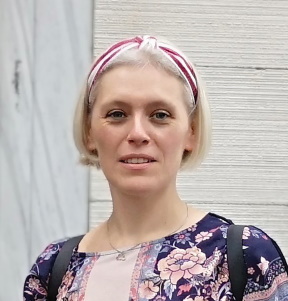 PROFESSOR ERICA BAFFELLI
PROFESSOR ERICA BAFFELLI
University of Manchester, UK
FIELD OF RESEARCH: Japanese Studies
RESEARCH PROJECT: Understanding the roles of marginalisation and empowerment on minority religions in Japan
FUNDERS: This research is part of a collaborative project between The University of Manchester (PI: Professor Erica Baffelli) and Toyo University (CI: Professor Norihito Takahashi), funded by UKRI (ESRC/AHRC UK-Japan SSH Connections Grant “Religion and Minority: Lived Religion, Migration and Marginalities in Secular Societies” ES/S013482/1).
ABOUT THE HUMANITIES AND JAPANESE STUDIES
Though sometimes portrayed as less valuable than science, both science and humanities are essential for understanding and improving the world around us. Erica explains more, drawing on her own experience.
It is important to have experts in history, languages, media, and religion, especially given the uncertainty and challenges surrounding society’s future. A degree in the humanities will make you a good communicator, a quick and flexible learner, and a knowledgeable person.
I think the COVID-19 pandemic has highlighted why we need training in the arts and humanities. Though of course we needed scientists to develop treatments and vaccines, we also needed historians to draw on experiences of past pandemics to address this one, language and culture experts to understand human responses to lifestyle restrictions, and social scientists to explain the societal and economic impacts of the pandemic. We also need empathetic thinkers to assist with mental wellbeing through lockdowns, and to help people deal with loss and trauma.
This goes for other societal challenges, too. Addressing climate change, for instance, relies upon humanities experts to understand how society and individual human beings can respond to these challenges, and implications for life in the future.
I believe that studying a language is crucial to understand a culture. However, language itself is not enough for an in-depth understanding of society. Language degrees such as Japanese Studies combine intensive language training with in-depth study of cultural aspects and how to research them effectively.
As it states on the University of Manchester’s website: “Japanese Studies at Manchester gives students the opportunity to examine contemporary Japan through its language and culture while developing an understanding of the historical forces and cultural and social dynamics that have shaped the country.”
EXPLORE A CAREER IN THE HUMANITIES
• There are a very wide variety of potential careers resulting from studying a humanities subject, including Japanese Studies. Careers in research, languages, law, marketing, and consulting are all possibilities. Find out more: www.brightnetwork.co.uk/graduate-career-advice/no-idea-whatdo/what-to-do-with-degree/what-can-you-do-humanities-degree/
• Manchester’s Faculty of Humanities, where Erica works, has a rich variety of outreach activities for high schools and young people: www.humanities.manchester.ac.uk/connect/schools-colleges/
• Manchester’s School of Arts, Languages and Cultures has a wide range of subject-specific outreach activities: www.alc.manchester.ac.uk/connect/schools/outreach/
• The 2019 Complete University Guide rated The University of Manchester 3rd in the UK for East and South Asian Studies.
PATHWAY FROM SCHOOL TO JAPANESE STUDIES
Many universities in the UK and abroad offer courses in Japanese Studies, from a first degree to a master’s and PhD. Erica recommends studying a foreign language as an important skill. English Language is also useful as well as other humanities subjects such as history, sociology, anthropology or religion.
HOW DID ERICA BECOME A PROFESSOR IN JAPANESE STUDIES
WHAT LED YOU TO STUDY JAPANESE STUDIES AT UNIVERSITY?
I must confess the choice was initially quite random, and I didn’t know much about Japan when I enrolled. In high school I was interested in languages and philosophy, though the philosophy I was taught focused on European traditions and I was curious to learn about differences in other parts of the world. My degree offered the chance to combine language training with specialisation in a cultural area.
WHAT IS IT ABOUT JAPAN THAT FASCINATES YOU?
I grew up in Italy, where few regularly go to church, although many people say they are Catholics. In contrast, in Japan, most people describe themselves as non-religious, but participation in rituals and religious festivals is very high. This difference fascinated me and made me want to know more about the role of religion in Japanese society. These days, Japan is a very familiar place to me, a place where I feel at home.
WHERE DID YOUR CAREER TAKE YOU AFTER YOUR PHD?
My first academic job was in Otago, New Zealand. I was very inexperienced, but I was lucky to have a supportive environment that taught me how to be a good teacher and a good colleague. It was a crucial experience for my career.
WHAT DO YOU ENJOY MOST ABOUT BEING A RESEARCHER?
I love listening to people’s stories, especially when their ideas, values and life experiences are different from mine. Then, I like to read widely about a topic and try to grasp it. I also like the idea of constantly feeling that there is so much more that I can read and study, that there is always something new to learn.
Whatever degree you do, look for scholarships or schemes that will allow you to spend a term or year in another country. Living abroad is challenging but can be a positive life-changing experience. Having a broad perspective on different ways of life is highly valued by employers
Do you have a question for Erica?
Write it in the comments box below and Erica will get back to you. (Remember, researchers are very busy people, so you may have to wait a few days.)

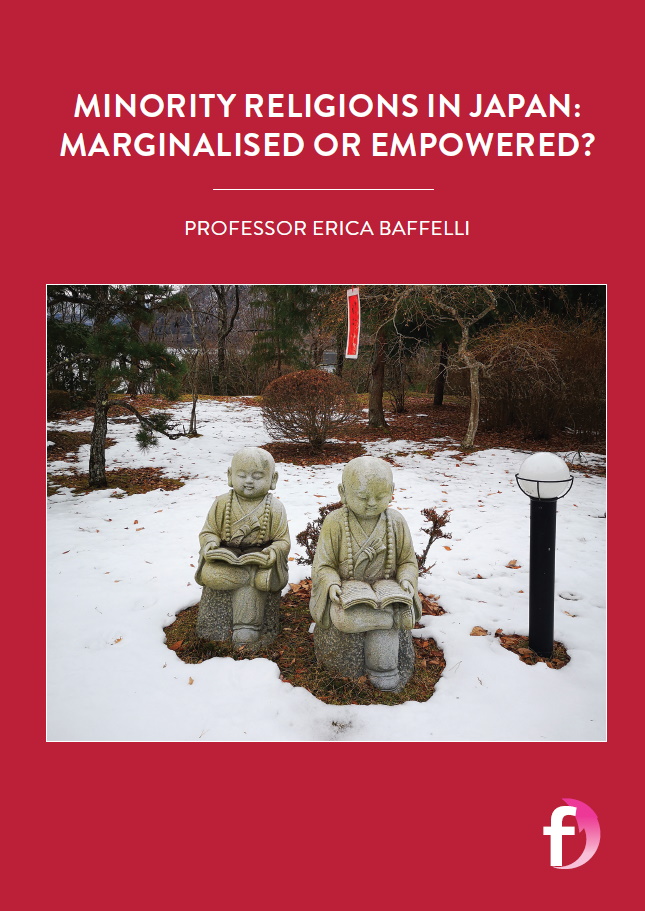
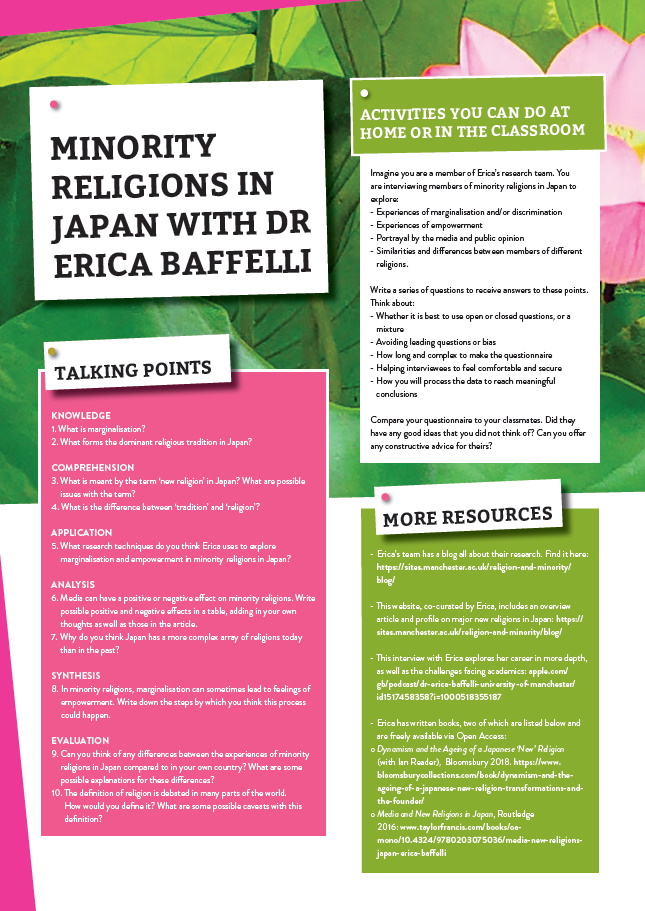
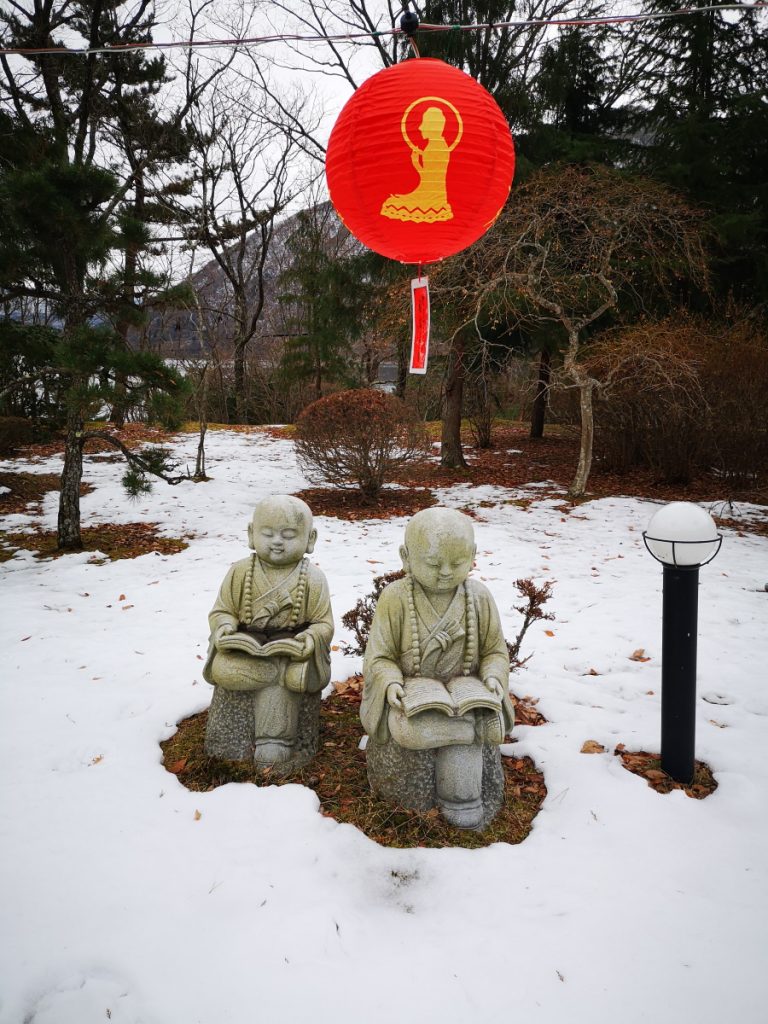
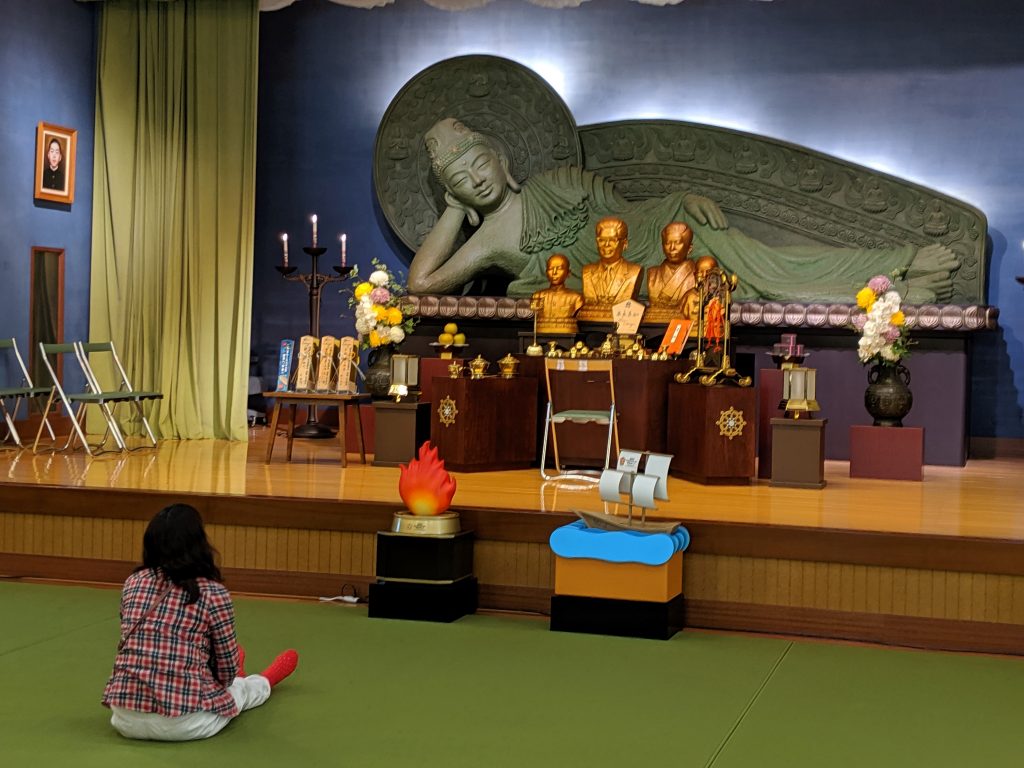
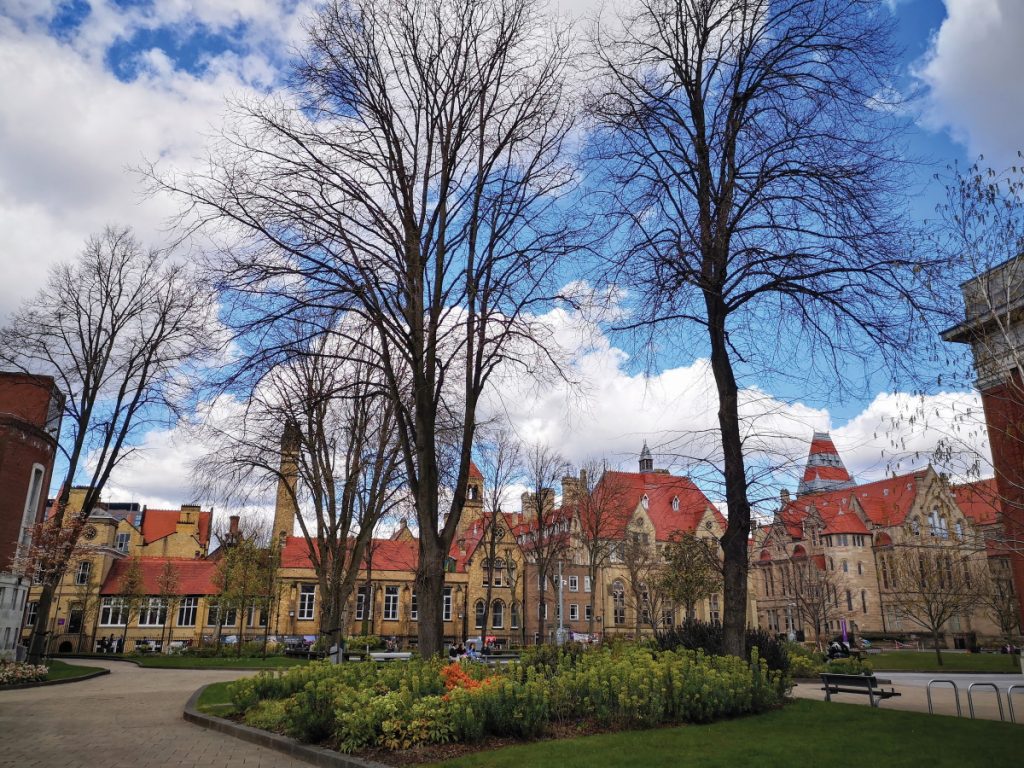


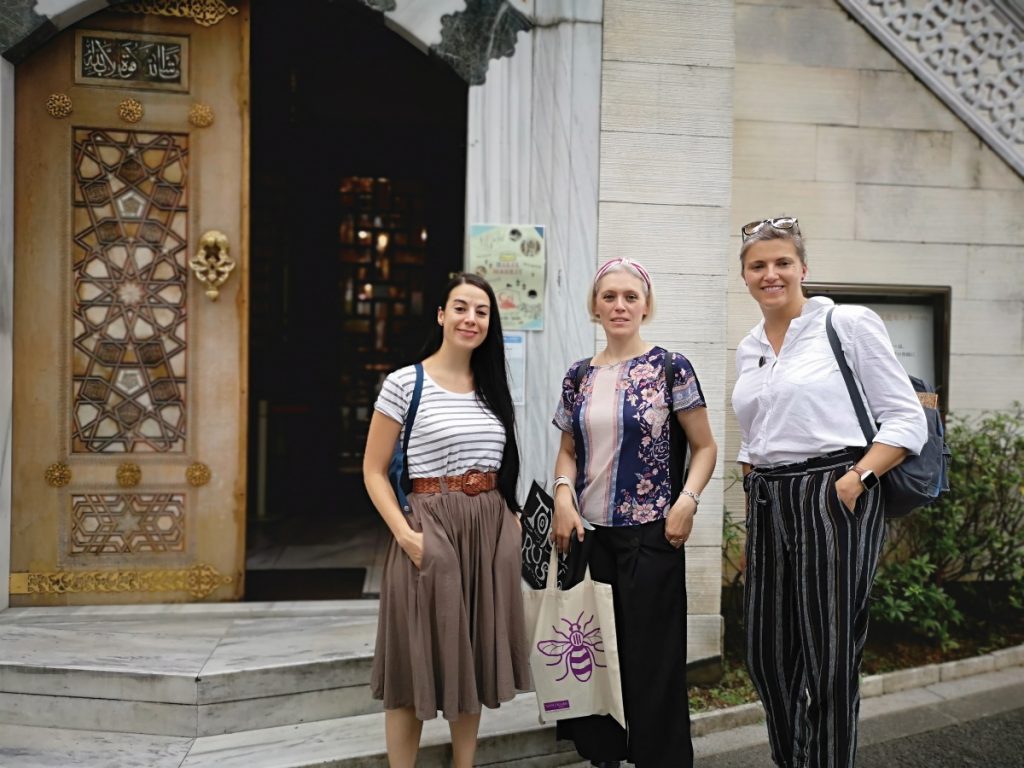
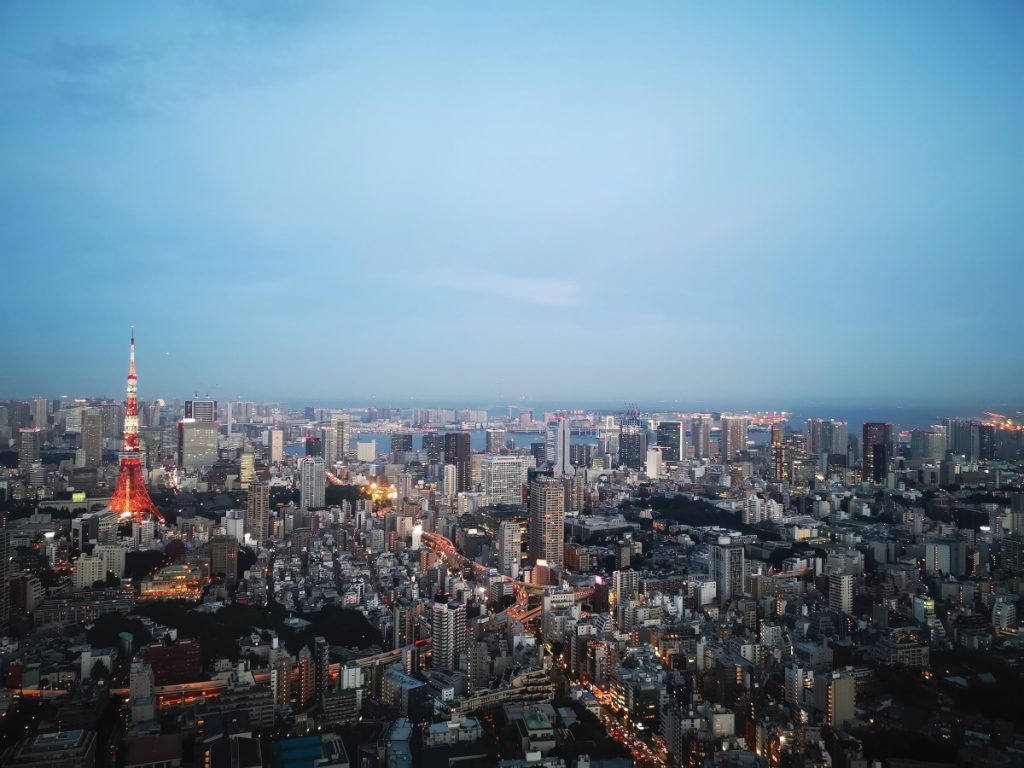


Hello Erica! Thank you so much for this research it has been very helpful for my research. I was just wondering over which years was this research conducted?
Thank you for your question Tomi. I started studying religion in Japan over 20 years ago. The collaborative project mentioned above run from 2019-2021.
Dear Dr. Beaffelli
Recently I read your article on religions and marginalization and wanted to glean your thoughts on the idea that Japanese culture has a systemic way of controlling religion. Recently I finished my field work on the RQ of a Japanese perception of biblical monotheism. Participants suggested that any kind of deity concept, (poly or mono) is subsumed in religion (private) and religion is subsumed in culture (public). Lemay (2010, 2014, 2018) studies on how culture in Japan hinders religious freedoms in Filipino/Japanese children. In my literature review I came into contact with the theory of “Japaneseness” (nihonjinron) and sense that this is what makes Japanese answers to religious questions seem so homogenous, as if they only have one pool of information to draw from. I’d be curious of your thoughts, or if you sensed any cultural models of hinderance to any religious idea that was not the norm.
Sincerely Chris Sadowitz